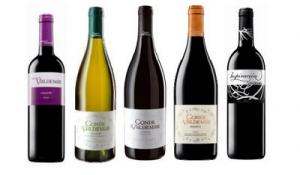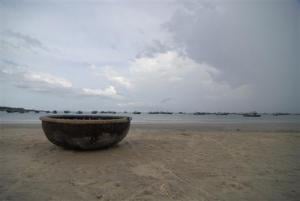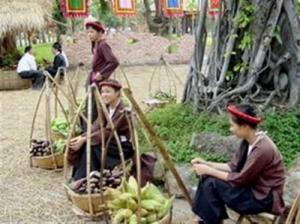Homemade Wines

Vietnam is famous for its natural, in fact rugged, landscapes. It has become a popular tourist destination through time because of its many, untouched and purely pristine sights and views. But perhaps unknown to many, Vietnam is also famous for another thing: homemade wines. In fact, this is no secret in the northern part of the country since it is the local residents’ way of welcoming and showing their hospitality to visitors in their place, offering homemade wines to tourists to “imbibe the best spirits in the house.” Read up to take a taste of some of the region’s best-tasting, world-quality homemade wines.
Dien Bien’s Chit Wine. Dien Bien is located in the northwestern part of Vietnam, and home to the popular chit wine. It is made from a kind of milk-white chit worm (taken from chit trees growing in the region’s limestone mountains) and pure distilled rice wine. This special concoction is said to promote good health, beautiful skin for women and increase sexual potency for men.
Bien Dien residents say that the chit worm season starts on April and ends on July, the time when the worms eat the tree stems and grow up to 5 centimeters long. The special blend is made by mixing the worms with other restoratives such as medlar seeds, ashweed, dried jujube, and lotus seeds in pure distilled rice liquor. A 40-45 percent alcohol concentration is added into the mixture.
The finished product produces a golden-colored liquid which has a cool yet slightly bitter taste. It is best served with local delicacies in the region like chicken baked in a clay pot, fried frogs, hotpot and thang co, a kind of soup made from the viscera of horse, cow or buffalo. This famous concoction takes about one year to make.
Hoa Binh’s Can Wine. Ruou Can or Can Wine is a type of wine that is drank out of a jar with pipes. This wine is said to be a famous drink among minority groups in Vietnam, particularly from the Northern region down to the Central Highlands. However, the Muong people in Hoa Binh Province are said to be the best producers of Can Wine all throughout Vietnam.
The making of Can Wine is a pretty meticulous process. The ingredients are yeast and glutinous rice, each carefully prepared. Yeast is made by mixing cinnamon leaves and rice powder. Glutinous rice is soaked and then mixed with rice and bran. The rice is then steamed, cooled down and mixed with yeast powder. The mixture is then placed in ceramic jars and properly covered for three-four days, after which the jars are partially opened and poured with water up to the neck.
Drinking Can Wine takes a special kind of ritual. A Muong family welcoming visitors will place a mat in the middle of the room and asks its guests to sit around it. After a traditional exchange of greetings, the host invites everyone to drink the wine. It is usually drank in groups. The wine is served by simply sticking long bamboo sticks into the jars and sipping the famous drink. The drinking session is usually accompanied by singing, dancing and loud, happy conversations.
Lao Cai’s San Lung Wine. Originally, San Lung is a commune of Bat Xat District in the northern mountainous province of Lao Cai. But now, the name is now synonymous with one of the best wines in the area. Unlike most wines in Vietnam that are usually made from mature rice, the Mong people in San Lung make their special wine by soaking paddy in warm water until it sprouts, and then use these sprouts to actually make the wine. The sprouts are steamed, cooled and mixed with yeast. The special concoction is placed in jars for five to six days until a sweet smell starts to exude.
San Lung Wine has a unique taste that just cannot be reproduced by all the other wines. People say this is because of the water source of the wine, wherein the water looks uniquely clear and greenish at the same time, and has a distinct sweet smell and nutty taste. San Lung Wine is best served with baked buffalo or baked fish.









